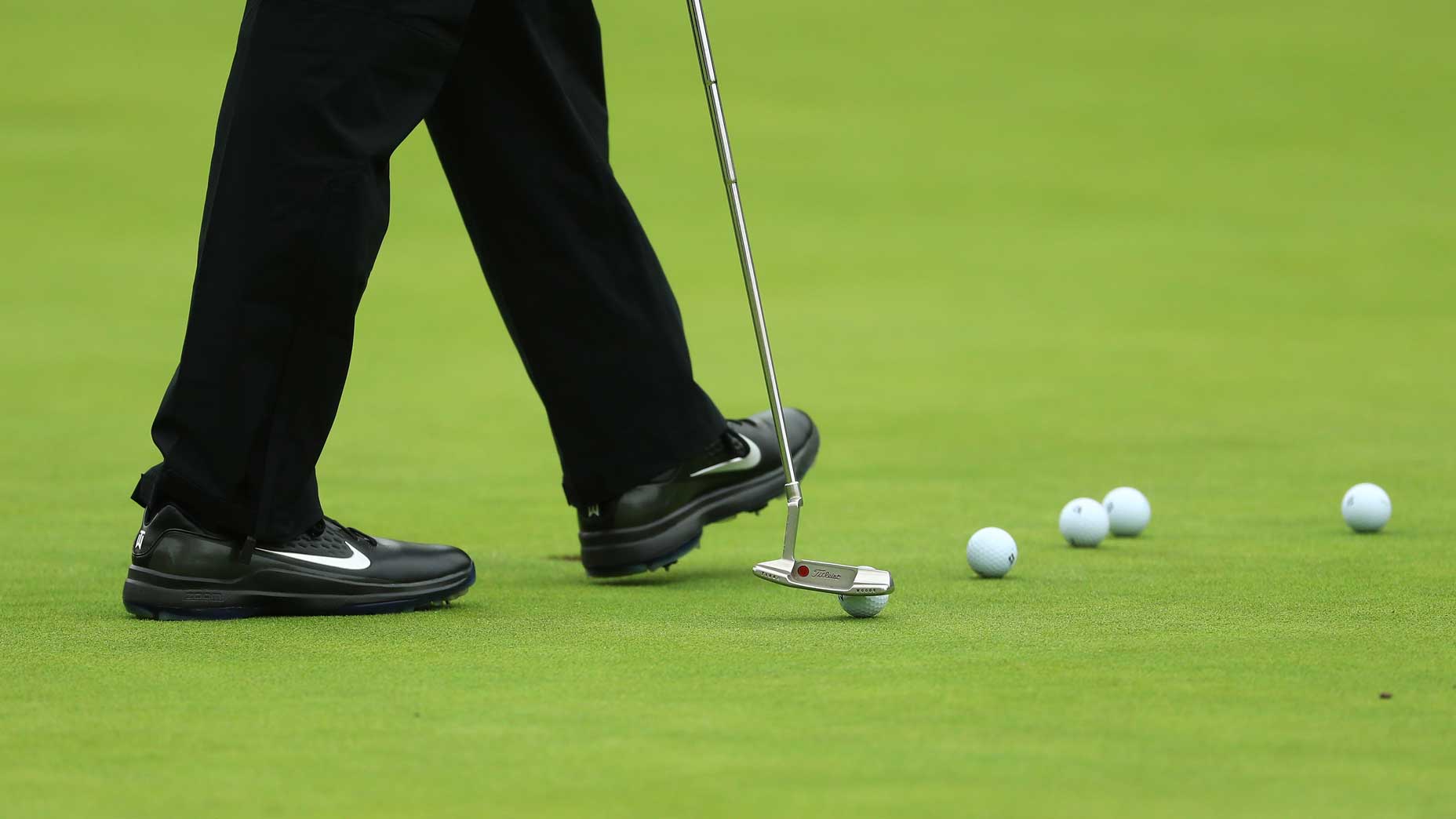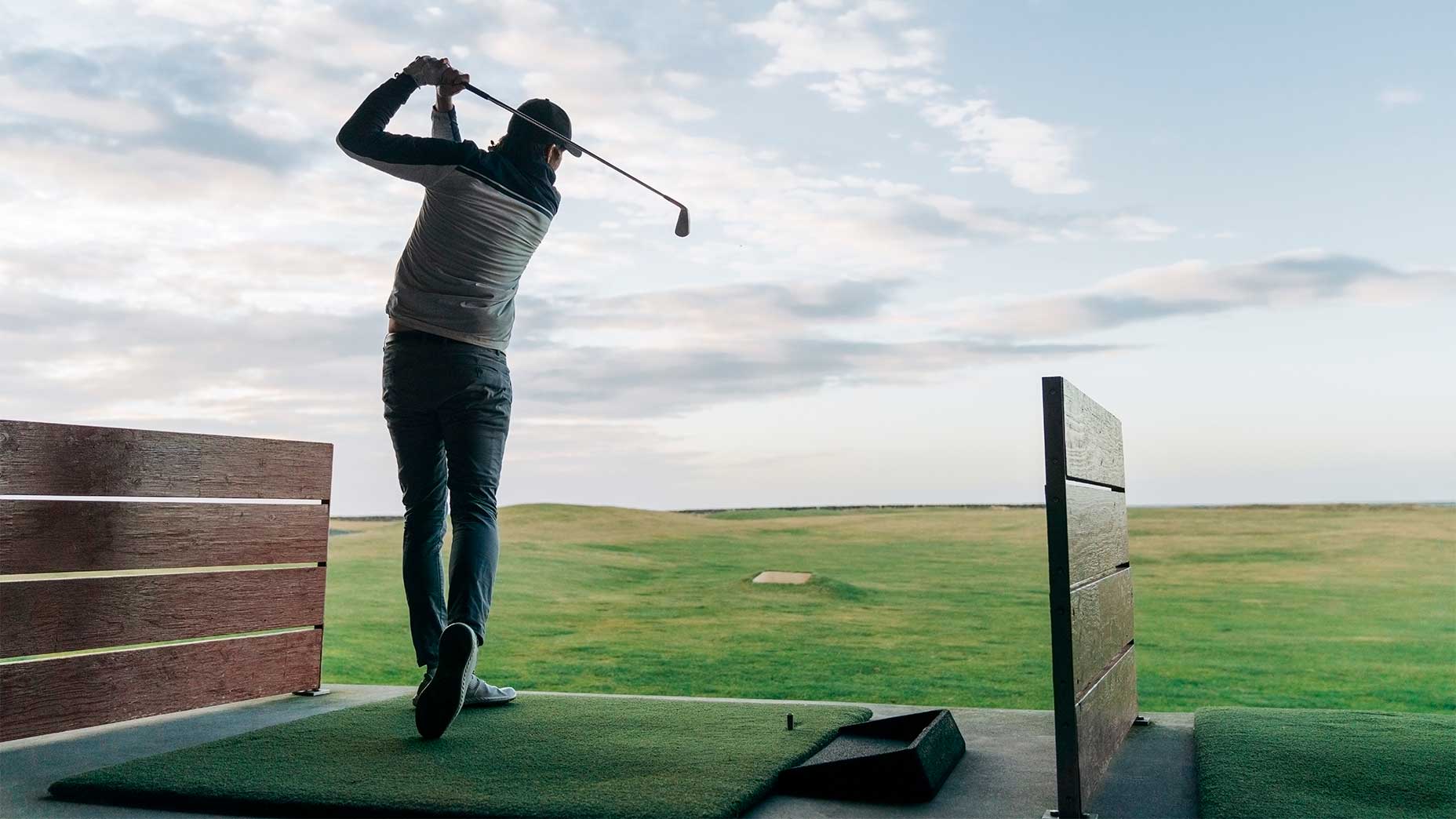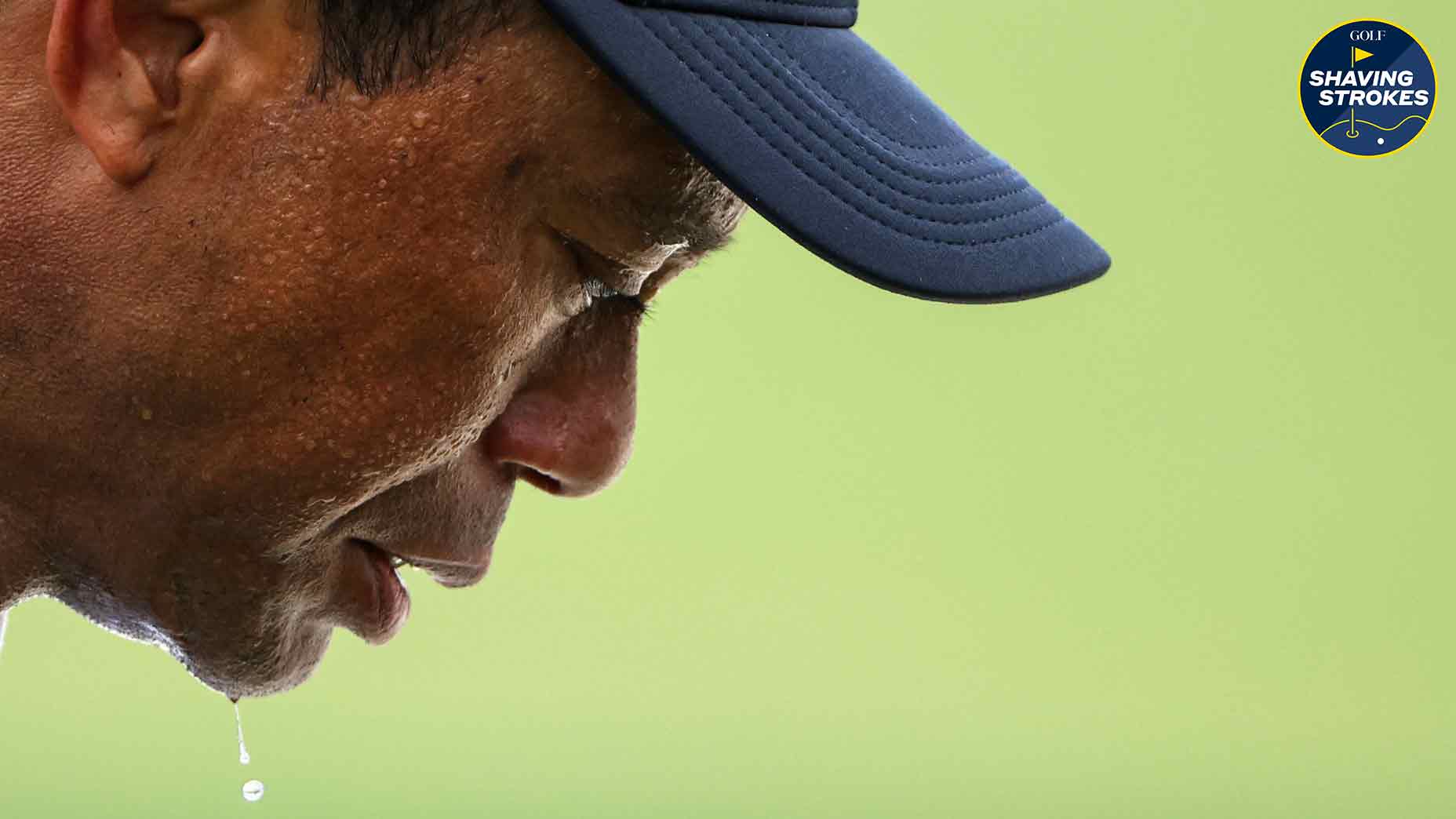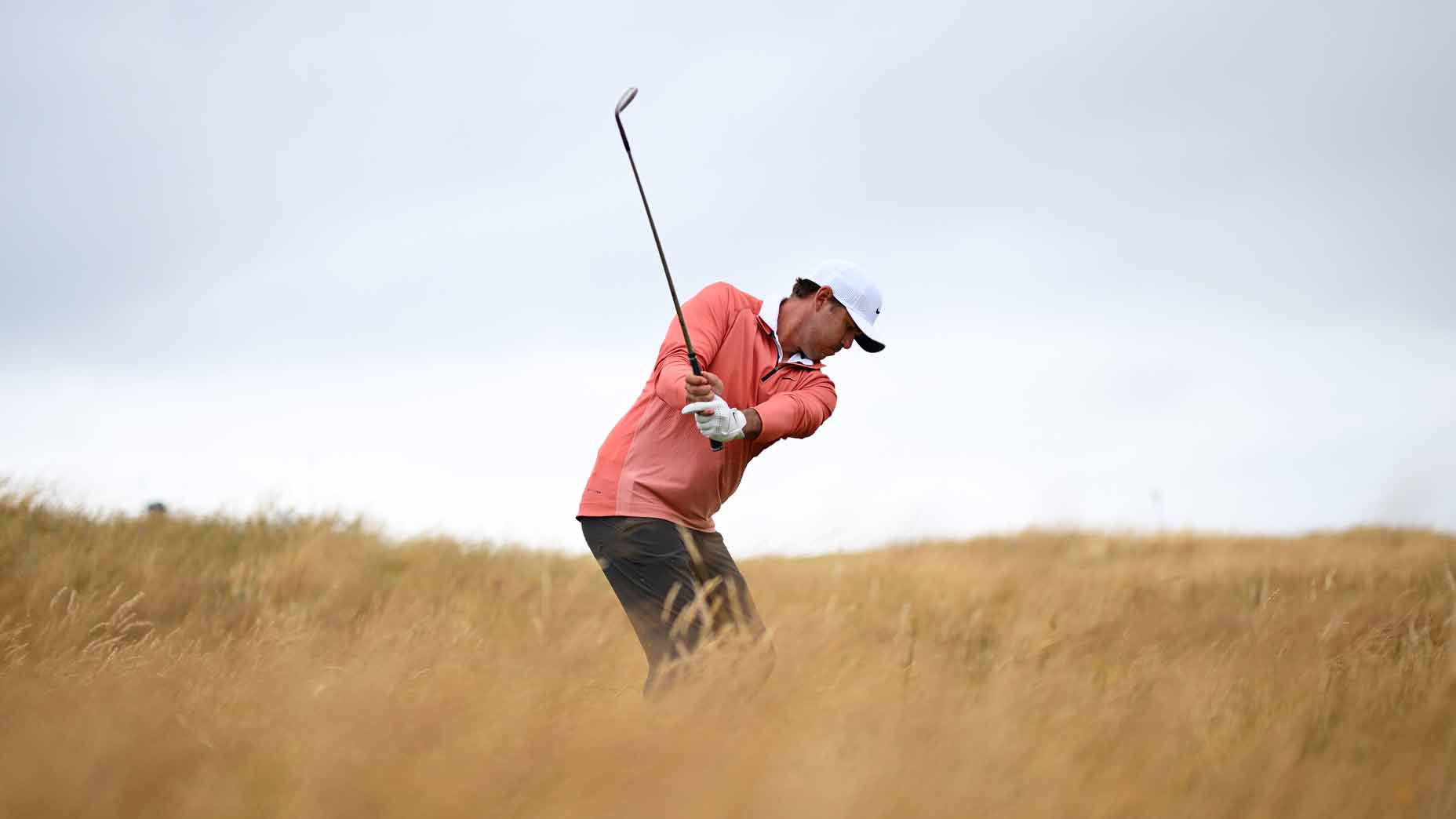Putting is ‘easy’ if you focus on this part of the stroke, says stats expert

If you want to improve your putting, DECADE Golf founder Scott Fawcett says you must realize one important thing.
Getty Images
Some of the very best golf teachers on the planet are at Pinehurst Resort this week for GOLF’s Top 100 Teachers Summit. You can access all of their insight by signing up for the livestream. But lucky you, we’ll also break down some of what you missed right here. (For more on the Top 100 Teachers Summit, click here.)
***
PINEHURST, N.C. — Putting is difficult for many recreational golfers. Although the ball is agonizingly close to the hole when it reaches the green, successfully navigating those final few feet can be treacherous. Happy Gilmore illustrated that masterfully in the 1996 flick when he drove the first green of the tournament only to strike putt after putt without finding the bottom of the cup.
“Are you too good for your home?!”
We’ve all been there.
But putting doesn’t have to be difficult. In fact, according to one of the brightest minds in the game, rolling the ball into the hole can be easy, so long as you understand how to approach it.
Scott Fawcett, founder of the widely used DECADE Golf system, explained his theory on putting during his presentation on Day 1 of the GOLF Top 100 Teachers Summit.
“Putting is easy once you figure out that speed is all that matters,” Fawcett said.
You might be asking yourself, “What about start line?” But according to Fawcett, your focus should be on speed.
“Line matters, obviously,” Fawcett said. “But it’s not as much as you think.”
Commensurate to handicap, he said, most players can start the ball somewhat on their intended line. To illustrate this fact, Fawcett used an exercise he performed with PGA Tour winner Aaron Wise.
Fawcett had Wise hit 20 putts to a spot on the green 20 feet away. He wasn’t asking Wise to make the putt, rather just control his distance so the balls stopped as close to 20 feet as possible. At the end, they tallied the results.
“The depth of his shot pattern was 48 inches deep,” Fawcett said. “But his shot pattern is only about three cups wide. When you do this drill with people, the depth of their shot pattern is always going to be three-to-six times deeper than it is wide.”
That’s why practicing speed is so important. Golfers have a tighter dispersion pattern on their aim than they do their distance, so if you can dial in your speed, you will have an advantage over your less-informed peers.
“The hole, as long as you’re somewhat functional, is going to jump in the way of some putts,” he said.
When you go to the practice green for some work on your putting, forget the start-line drills and instead focus on speed. Do that, and your putting is sure to improve.











